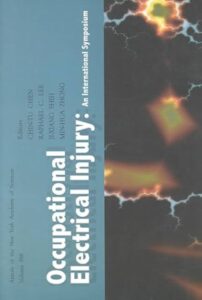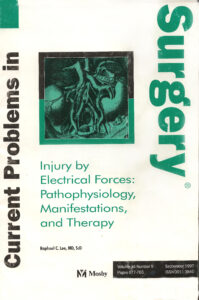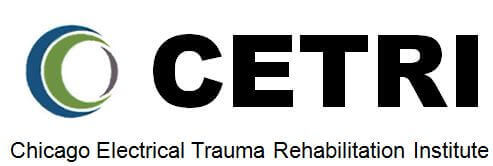BOOKS

Occupational Electrical Injury: An International Symposium
Occupational Electrical Injury and Safety. Chen, C.-T., Lee, R.C., Shih, J.-X., and Zhong, M.-H. Eds., Annals of the New York Acad. of Science, Vol. 888, 1999
Cell Injury: Mechanisms, Responses & Repair
Cell Injury: Mechanisms, Responses and Repair. Lee, RC., Despa, F., Hamann, KT. Annals of the New York Acad. of Science, Vol. 1066, 2006

Injury by electrical Forces: Pathophysiology, Manifestations, and Therapy
Injury By Electrical Forces: Pathophysiology, Manifestations and Therapy. Lee, RC.

Electrical Trauma: The Pathophysiology, Manifestations and Clinical Management
Electrical Trauma: The Pathophysiology, Manifestations, and Clinical Management. Lee, R.C., Burke, J.F. and Cravalho, E.G., Eds., Cambridge University Press, 1992

Electrical Injury: A Multidisciplinary Approach to Prevention, Therapy & Rehabilitation. Lee, R.C., Capelli-Schellpfeffer, M., and Kelley, K.M., Eds., New York Acad. of Science., Vol. 720, 1994
